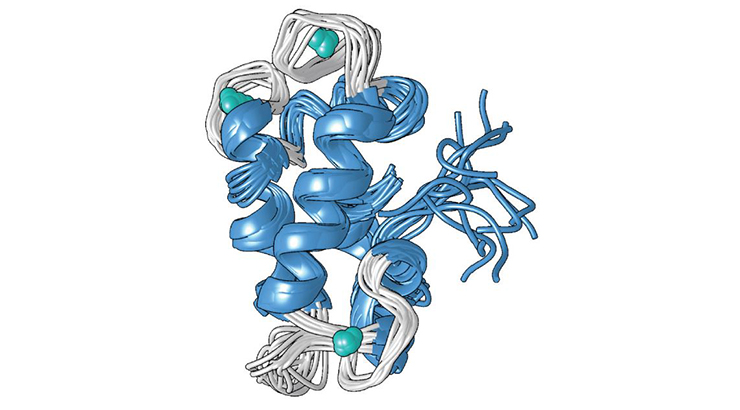Highly Selective Metal-Binding Protein for Rare-Earth Elements
ID# 2018-4809
Technology Summary
Through the recent discovery of the lanmodulin protein, Penn State researchers have developed methods of using the protein, and its derivatives, for sensing rare-earth elements (lanthanides) and freeing those elements away from high concentrations of calcium, manganese, or iron in order to accomplish extraction of lanthanides for industrial use. Because the lanmodulin protein binds to lanthanides with such a high selectivity, the protein provides various pathways to detect and target important metals without harming the environment in the process.
Application & Market Utility
Lanthanides are increasingly technologically important in a variety of technologies, from smartphones to lasers, but their detection and extraction from the earth is chemically challenging. The present invention provides a solution and may be particularly attractive for the extraction of lanthanides from mining waste streams, so that rare-earth elements can be separated from other metals in an economical manner. The lanmodulin protein is 100 million times better at binding to rare-earth elements than to other metals like calcium.
Next Steps
Research is ongoing. Seeking collaboration and licensing opportunities.

